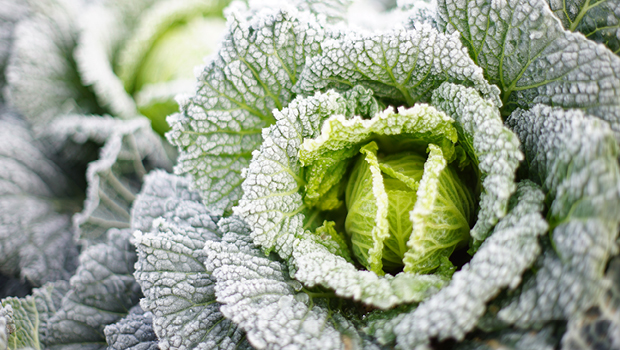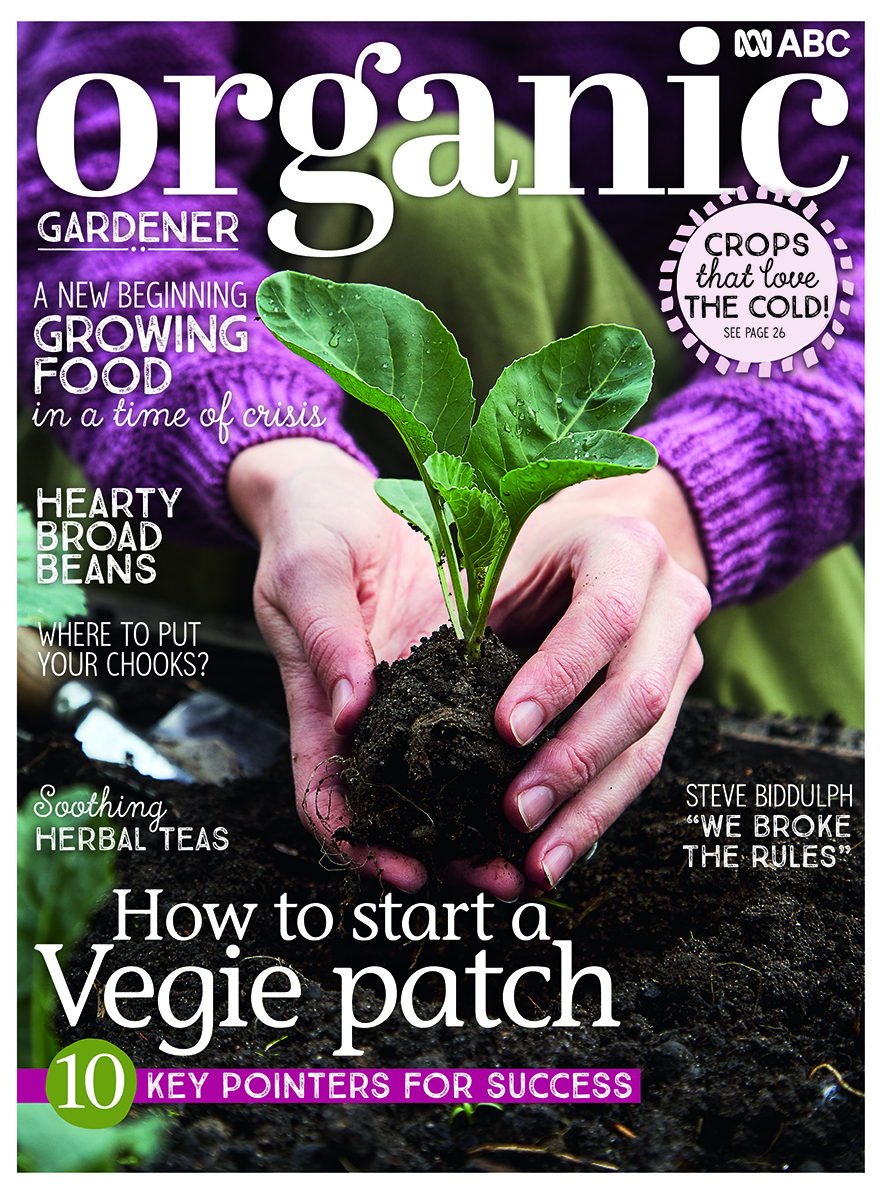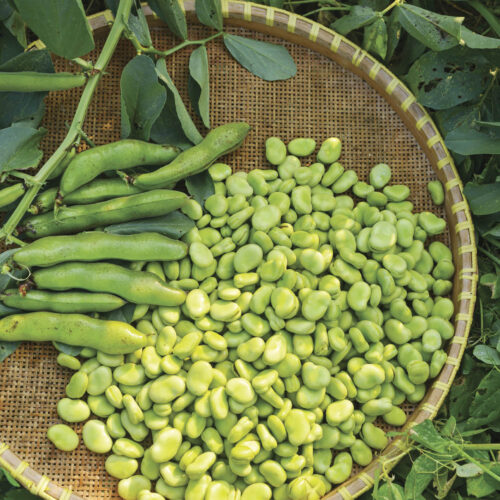Chill factor
2020-05-05T06:54:32+10:00
Lots of vegies love the cold and are sweeter for a frost. Here's how to take advantage of this while also protecting plants.
If you are in a frost-prone zone, recognise the benefits, not just the risks. Besides improving the flavour of food, it helps with chilling hours for deciduous fruit trees and breaks cycles of insect pests and diseases. Nevertheless, here are simple strategies to mitigate its affects.
- Choose plants appropriate to the season and to your climate zone. Note that climate change is making this kind of decision more difficult – allow some room with your plant selections and try planting more than once, so if an early crop is damaged a later one might survive.
- Roughly dig and water soil before a hard freeze. The moisture in the soil will freeze and expand, splitting apart clods and improving your soil’s tilth.
- Protect marginal and frost tender plants, especially those such as lettuce that are full of water and most prone to freezing. And don’t forget we can now experience earlier and later frosts, and frosts in regions that don’t usually have them. Keep a pile of pieces of frost cloth, sheets, old curtains and similar to throw over plants directly or onto simple frames. You can also cover plants with cloches – a simple cloche can be made from clear plastic bottles cut in half and placed over seedlings.
- Consider the kind of mulches you apply in frosty weather, and whether you’ll even apply mulch or not. All organic mulches like sugarcane, straw and lucerne have air pockets where frost can settle, so it’s a good idea to scrape them away from existing sensitive plants if a freeze is expected. But these mulches make a good insulating blanket for the crowns of dormant perennials such as rhubarb and globe artichoke, and underground bulbs like garlic.
- If you’re a glutton for punishment, get up before sunrise and water your plants with a fine mist. This seems counterintuitive, but it provides a protective barrier on the outside of leaves, helping prevent cell damage from occurring within.
Justin’s full article is in the Early Winter 2020 issue (OG #117).







